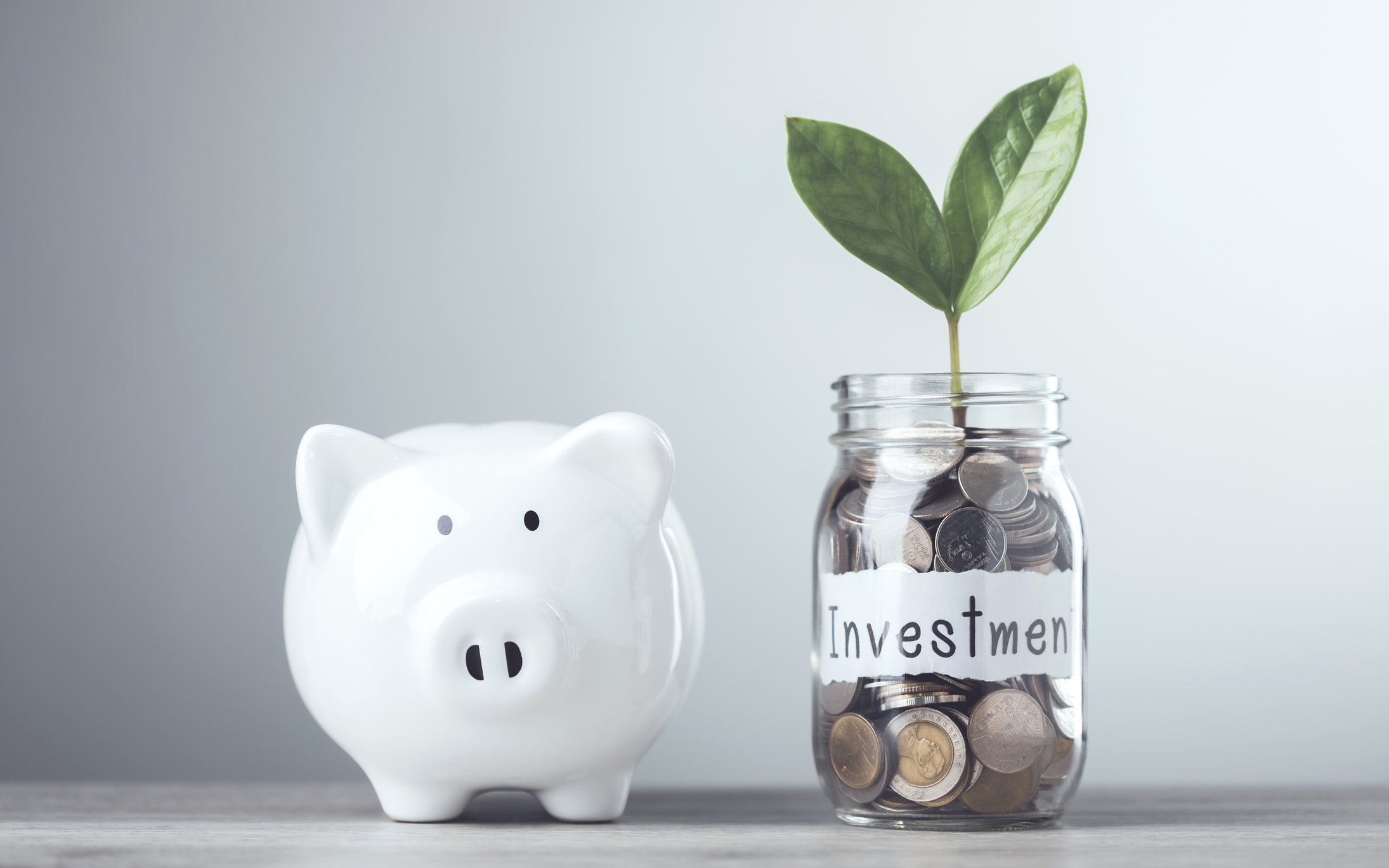The Bear Market Drought Spoiled Us
The past 10 years make it look too easy to make money in stocks. Here’s how to prepare for worse times.


I’m a long-term stock bull. Over the long-term, U.S. stocks have returned close to an annualized 10%. Foreign stocks have returned about 8%. Virtually no other unleveraged investment has produced those kinds of returns.
But sometimes past market action can make stocks look more appealing than they really are. And this is one of those times.
Consider this: Nine-and-one-half years into one of the biggest bull markets ever, Standard & Poor’s 500-stock index has returned an annualized 18.8%.
From just $107.88 $24.99 for Kiplinger Personal Finance
Become a smarter, better informed investor. Subscribe from just $107.88 $24.99, plus get up to 4 Special Issues

Sign up for Kiplinger’s Free Newsletters
Profit and prosper with the best of expert advice on investing, taxes, retirement, personal finance and more - straight to your e-mail.
Profit and prosper with the best of expert advice - straight to your e-mail.
That’s not a great deal more than the long-term average return, but we’ve still been spoiled. It’s been almost 10 years since the last bear market, and most people have forgotten just how devastating bear markets can be. The 2007-09 bear market saw the S&P 500 plunge 55.3% – the biggest loss since the Great Depression.
But who today really remembers exactly how it felt to watch your investments shrink day after day during that treacherous time?
A Few Sobering Numbers
Dan Wiener, editor of the Independent Adviser for Vanguard Investors newsletter, offers some cautionary details for those expecting today’s good times to just keep on rolling:
On Oct. 15, 2008, with Lehman Brothers filing for bankruptcy, the S&P 500 tumbled 4.7%. Two days later, the index dove another 4.7%.
Please keep that in mind as your third-quarter investment reports beginning arriving. With bonds returning little or nothing the last couple of years, it’s tempting to dump bonds and put more money into stocks, especially because those third-quarter reports are going to show some dazzling returns in equities.
How dazzling? Over the past 12 months through Sept. 30, the S&P returned 17.9%. Over the past three years, it returned an annualized 17.3%. And the index returned an annualized 14.0% and 12.0%, respectively, over the past five and 10 years.
Wiener points out that the 10-year return numbers are going to continue looking even more glowing over the next two quarters (barring a new bear market) because the last bear market reached its nadir on March 9, 2009.
How bad can things get? Imagine you had put a big lump sum into the S&P 500 index on March 24, 2000, the very peak of the technology stock bubble. Over the next 12 months, your nest egg would have lost 24.5%, and that was just the start of the pain. The S&P 500 lost an annualized 16.1%, 3,7% and 0.9%, respectively, over the three, five and 10 years starting March 24, 2000.
How Should You Invest?
I’m not suggesting that you jettison your stocks. But I do think it’s time to lighten up a bit on U.S. growth stocks – especially some of the giant tech names that are trading at extremely high multiples of earnings and sales. Amazon.com (AMZN), for instance, trades at a trailing price-earnings ratio of 142, and Alphabet (GOOGL), the parent of search engine Google, trades at 48 times trailing earnings.
Great companies are not necessarily great stocks, and even great stocks aren’t great buys all the time. The idea, as we all know, is to buy low and sell high. There’s precious little today that’s cheap among U.S. growth stocks.
The better place to look is among value stocks. Value stocks have crushed growth stocks over the long-term. Since 1940, value has beaten the broad market by an annualized 4.5%, according to the Leuthold Group. The tide has turned over the past 10 years – the Russell 1000 Growth index has topped the Russell 1000 Value index by 9 percentage points per year – but it may be time for value to finally catch up. And value is also where you’ll find many strong dividend plays.
My two favorite value/income plays are Schwab U.S. Dividend Equity (SCHD) and American Funds Washington Mutual F1 (WSHFX).
The Schwab selection is an exchange-traded fund (ETF) that invests in companies that have a long history of paying dividends and the wherewithal to keep those dividends coming. The fund charges just 0.07% annually and yields 2.94%. Over the past five years it has returned an annualized 12.9%.
Washington Mutual is a very conservative fund from American Funds, a very conservative firm with a terrific long-term record. WSHFX must put 80% or more of its assets into stocks that have paid dividends in an at least eight of the past 10 years. The fund yields 1.7% and charges 0.66% annually. The eight managers seek stable blue-chip stocks with good growth prospects, and they’ve managed to return 13.2% annually over the past 10 years.
Investors can buy American Funds’ F1 shares through discount brokers, such as Schwab and Fidelity.
Steve Goldberg is an investment adviser in the Washington, D.C., area.
Profit and prosper with the best of Kiplinger's advice on investing, taxes, retirement, personal finance and much more. Delivered daily. Enter your email in the box and click Sign Me Up.

-
 I'm want to give my 3 grandkids $5K each for Christmas.
I'm want to give my 3 grandkids $5K each for Christmas.You're comfortably retired and want to give your grandkids a big Christmas check, but their parents are worried they might spend it all. We ask the pros for help.
-
 If You're Not Doing Roth Conversions, You Need to Read This
If You're Not Doing Roth Conversions, You Need to Read ThisRoth conversions and other Roth strategies can be complex, but don't dismiss these tax planning tools outright. They could really work for you and your heirs.
-
 Could Traditional Retirement Expectations Be Killing Us?
Could Traditional Retirement Expectations Be Killing Us?A retirement psychologist makes the case: A fulfilling retirement begins with a blueprint for living, rather than simply the accumulation of a large nest egg.
-
 AI Stocks Lead Nasdaq's 398-Point Nosedive: Stock Market Today
AI Stocks Lead Nasdaq's 398-Point Nosedive: Stock Market TodayThe major stock market indexes do not yet reflect the bullish tendencies of sector rotation and broadening participation.
-
 Stocks Bounce Back With Tech-Led Gains: Stock Market Today
Stocks Bounce Back With Tech-Led Gains: Stock Market TodayEarnings and guidance from tech stocks and an old-school industrial lifted all three main U.S. equity indexes back into positive territory.
-
 Dow Slides 427 Points to Open December: Stock Market Today
Dow Slides 427 Points to Open December: Stock Market TodayThe final month of 2025 begins on a negative note after stocks ended November with a startling rally.
-
 Dow Adds 314 Points to Thanksgiving Rally: Stock Market Today
Dow Adds 314 Points to Thanksgiving Rally: Stock Market TodayInvestors, traders and speculators enjoy the best Thanksgiving Week gains for the major stock market indexes in more than a decade.
-
 Dow Trims Its Loss to 498 Points: Stock Market Today
Dow Trims Its Loss to 498 Points: Stock Market TodayMarkets are wondering more and more about returns on the enormous amounts of capital hyperscalers are investing in AI.
-
 Dow Dives 797 Points as Government Opens: Stock Market Today
Dow Dives 797 Points as Government Opens: Stock Market TodayThe process of pricing and re-pricing realities old and new never stops, and next week promises to be at least as exciting as this week.
-
 5 Core Stocks Every Investor Should Own In 2026 and Beyond
5 Core Stocks Every Investor Should Own In 2026 and BeyondCore stocks are solid, long-term investments that provide stable returns and steady growth within your portfolio. Here are 5 we like.
-
 Dow Climbs 327 Points, Crosses 48,000: Stock Market Today
Dow Climbs 327 Points, Crosses 48,000: Stock Market TodayMarkets are pricing the end of the longest government shutdown in history – and another solid set of quarterly earnings.